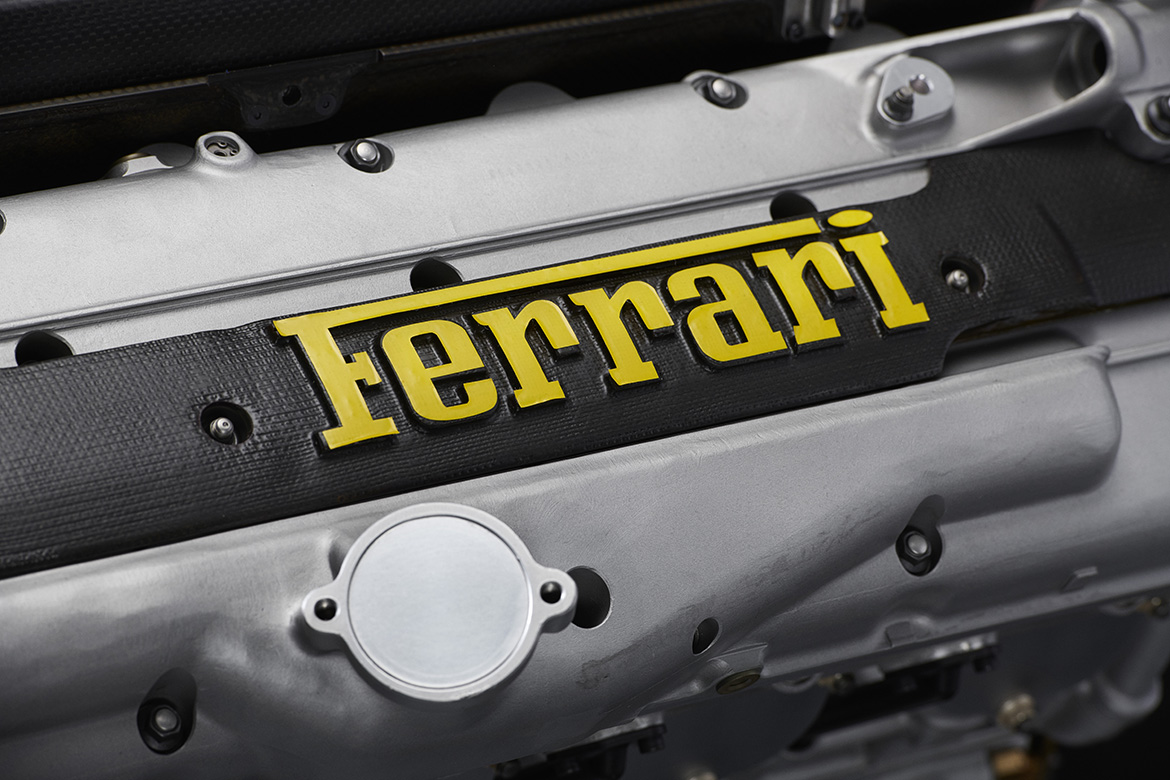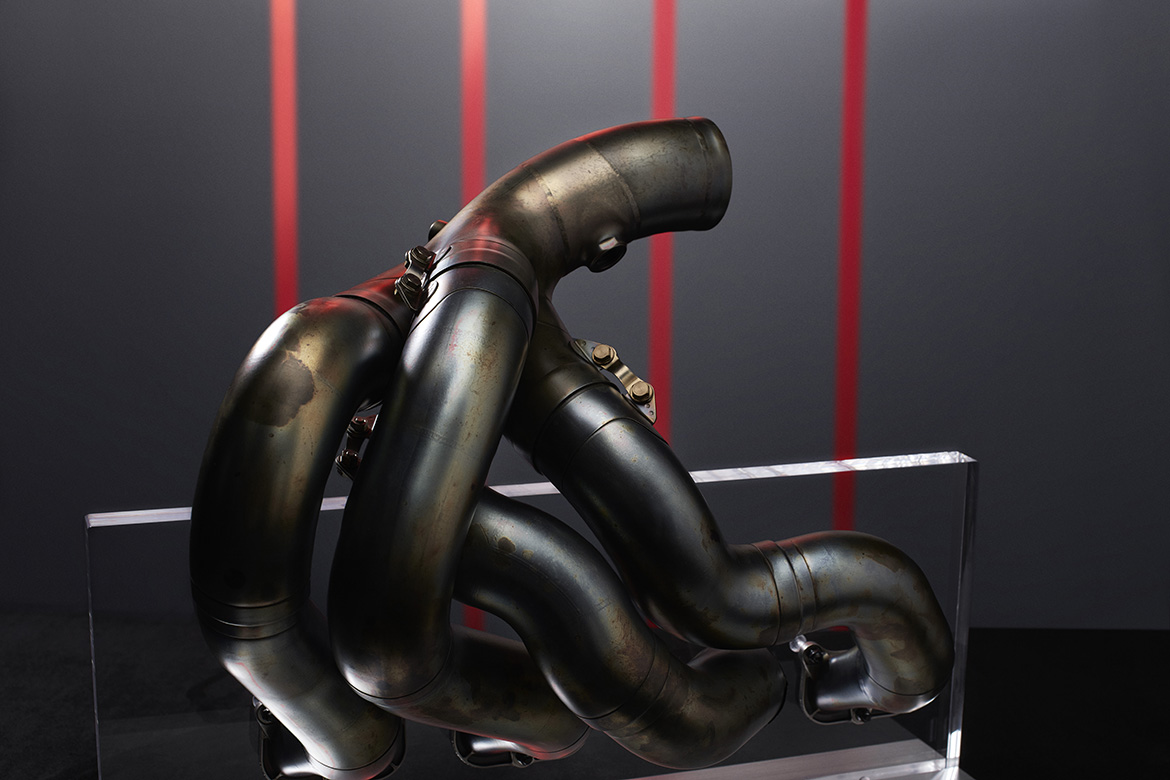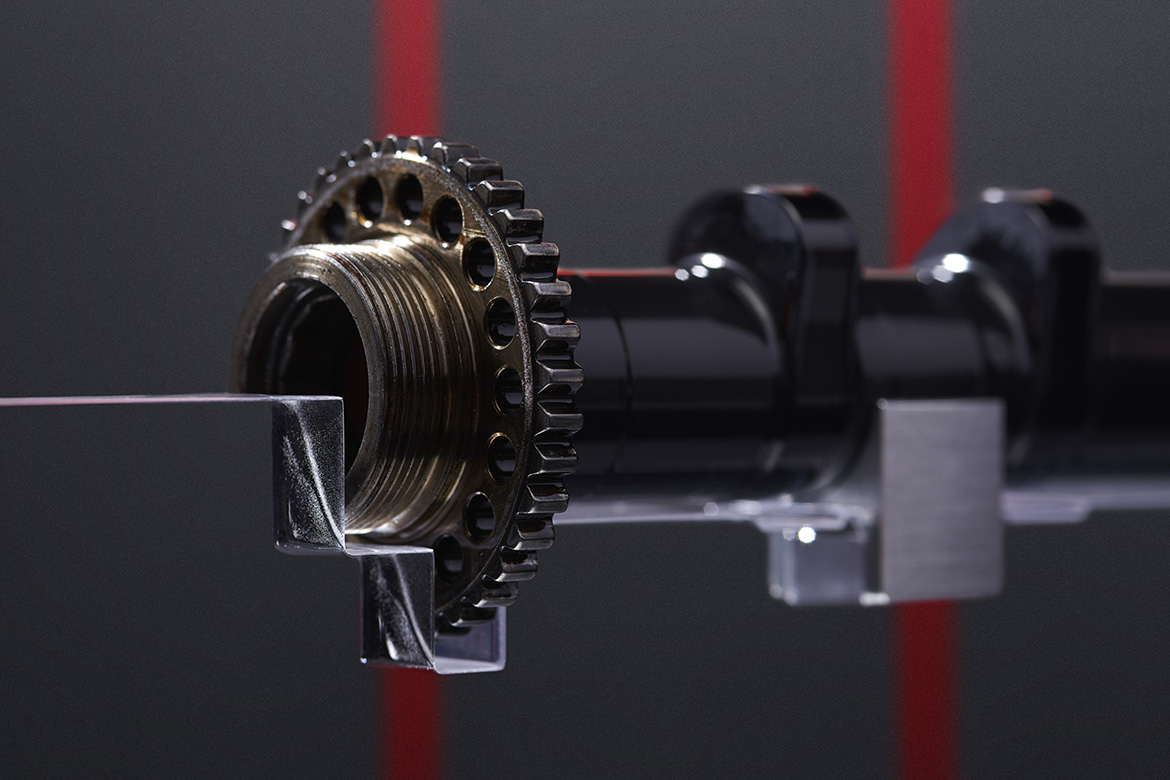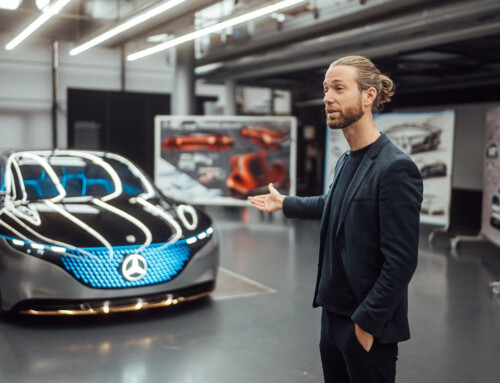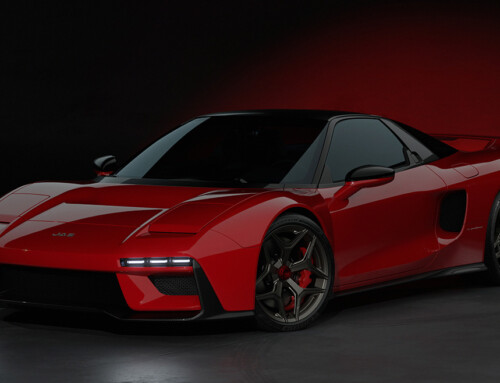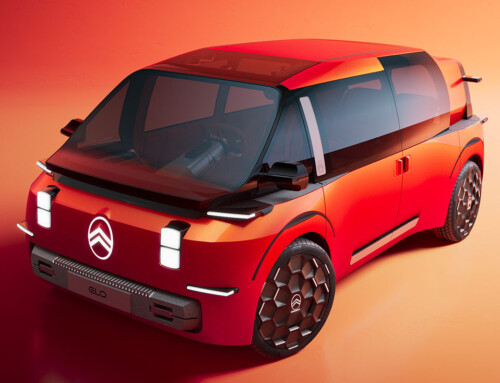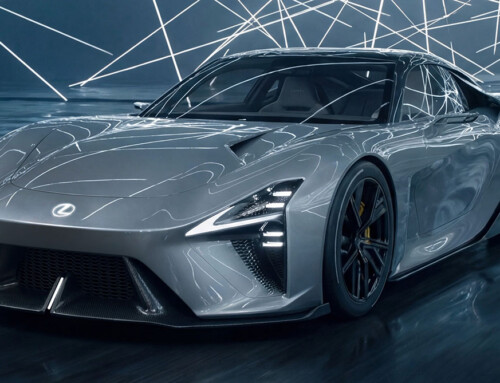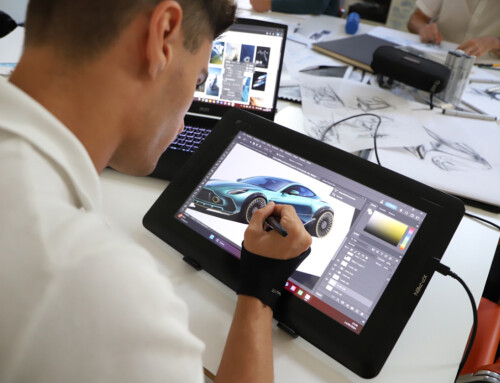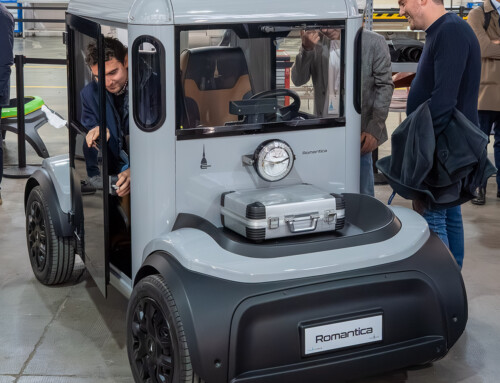What happens when certain components of engineering excellence are separated from their original context to become autonomous masterpieces themselves? We find out thanks to an unprecedented initiative by Maranello, which reinterprets multiple essential technical elements (brakes, exhausts or even entire engines) detached from their original performance location and made to rise to individual aesthetic representations into collectors’ items. From speed to beauty, from beauty to speed, reads the description of the initiative.
‘I really like this cut,’ explains Flavio Manzoni, Ferrari’s design director. ‘It illustrates well the process by which we conceive our cars, starting from racing-related needs that then, inevitably, generate aesthetics. As if beauty were necessary, or rather a direct consequence of aerodynamic and functional requirements: nothing, for us, is detached from the rationality of the result. It is a concept I hold dear’. Having trained as an architect, Manzoni then goes on to illustrate the relationship between small everyday objects and the enormous imagery of the automobile, intrinsically confirming that mechanical components can become exhibition-worthy.
However, we have to treat them as creative proposals: ‘Each one required specific elaboration, even if only to imagine a physical support, as these are always different parts normally mounted on cars. For example, we strongly desired the introduction of transparent elements precisely to highlight the metal’. Some of those present, then, note how surprising is the static pleasantness of elements always imagined to rotate at very high speeds, thus here totally decontextualised with success. Perhaps it is precisely in this singular capacity for transformation, not without a sort of peculiar tension towards ameliorative recycling, that the truly powerful alchemy of this collection lies.
– Tipo 048B Formula One engine: a 3.0-litre, aspirated V10 that delivered 790 CV at 16,300 rpm, it saw Ferrari scoring its ninth Constructors’ World Championship in 1999;
– 6.3-litre V12 engine that powered the LaFerrari (2013), one of the most remarkable in the company’s 78-year history because of the F1-derived HY-KERS. This special piece comes from a LaFerrari prototype, which was created during the model’s development process, representing a real one-of-a-kind item;
– Camshaft from a Ferrari F2003-GA, a single-seater F1 car that scored seven race wins and two World Championship titles with Michael Shumacher;
– Exhaust from the 2.4-litre aspirated V8 in the Ferrari F60, as raced in the 2009 Formula 1 world championship by Kimi Räikkönen;
– Crankshaft from the Ferrari F10, the car that allowed Fernando Alonso to win his debut racing for our team in the 2010 F1 world championship;
– Carbon fibre brake disc from a Ferrari SF71H, as driven by Sebastian Vettel and Kimi Räikkönen in 2018 season;
– Conrod and piston from a 2011 Ferrari F150° Italia driven by Fernando Alonso;
– Piston from the Ferrari F2002 single-seater, as raced to spectacularly successful effect by Michael Schumacher and Rubens Barrichello.

